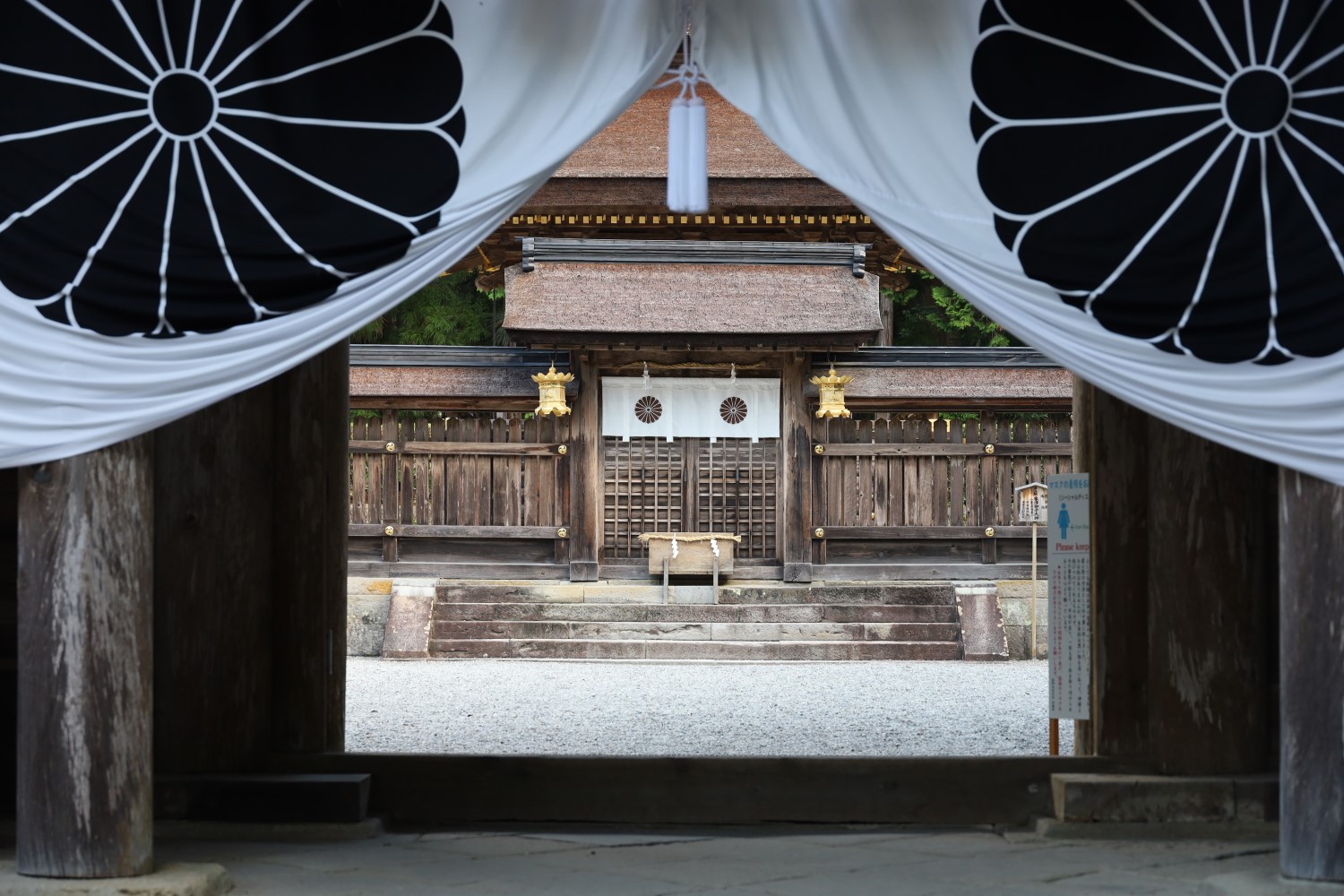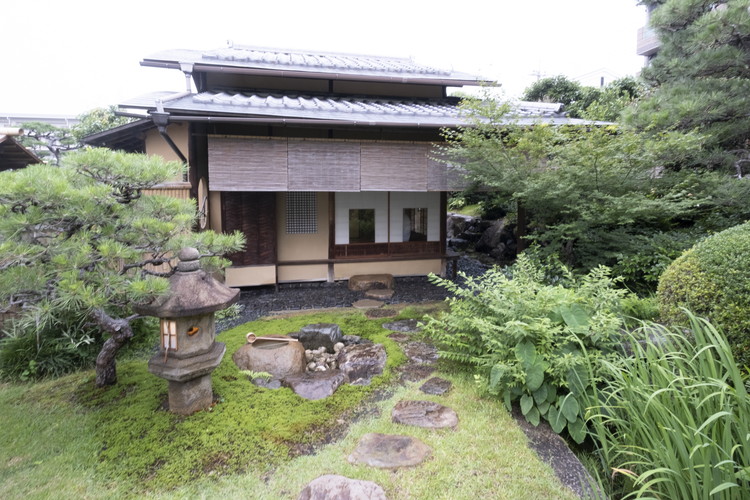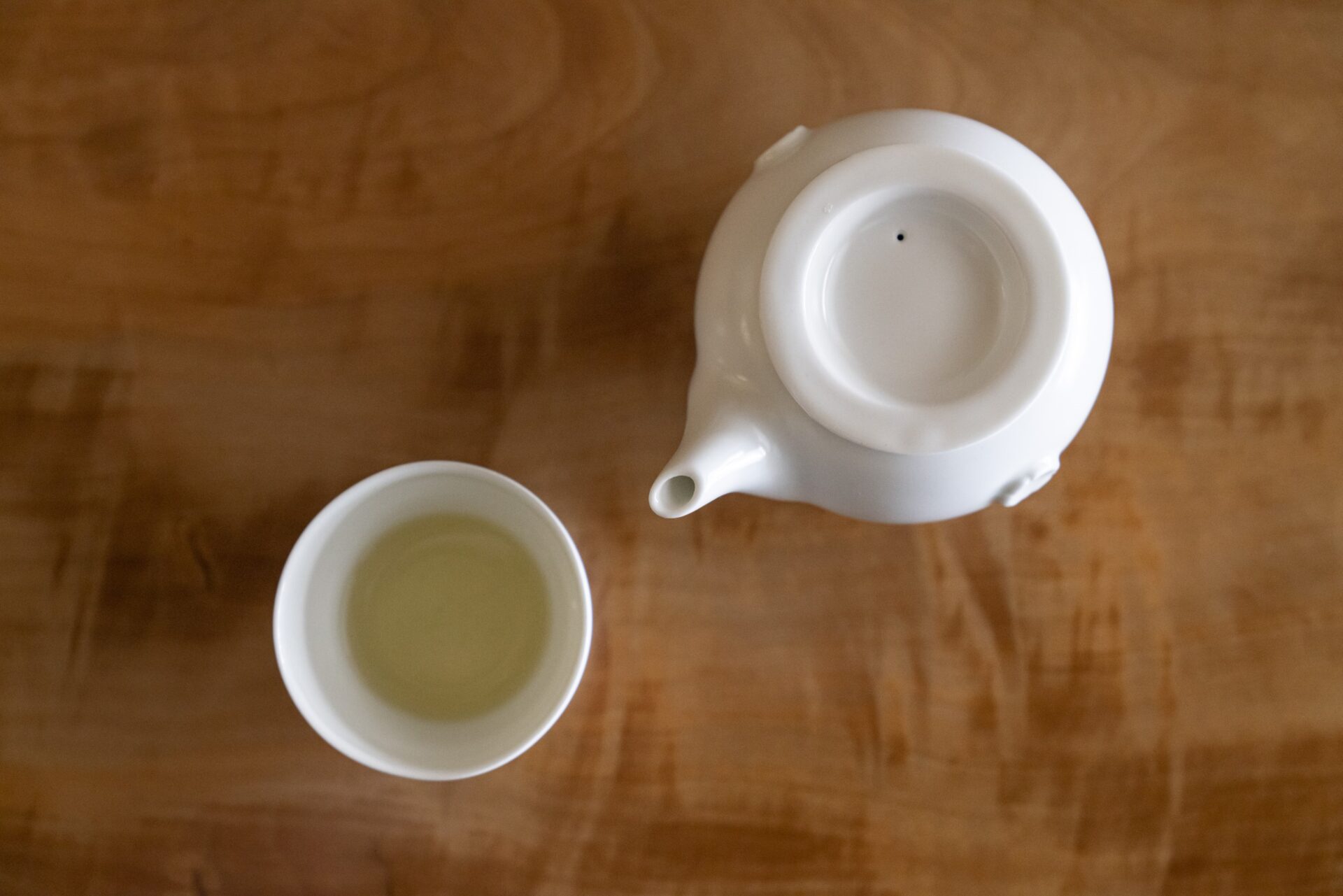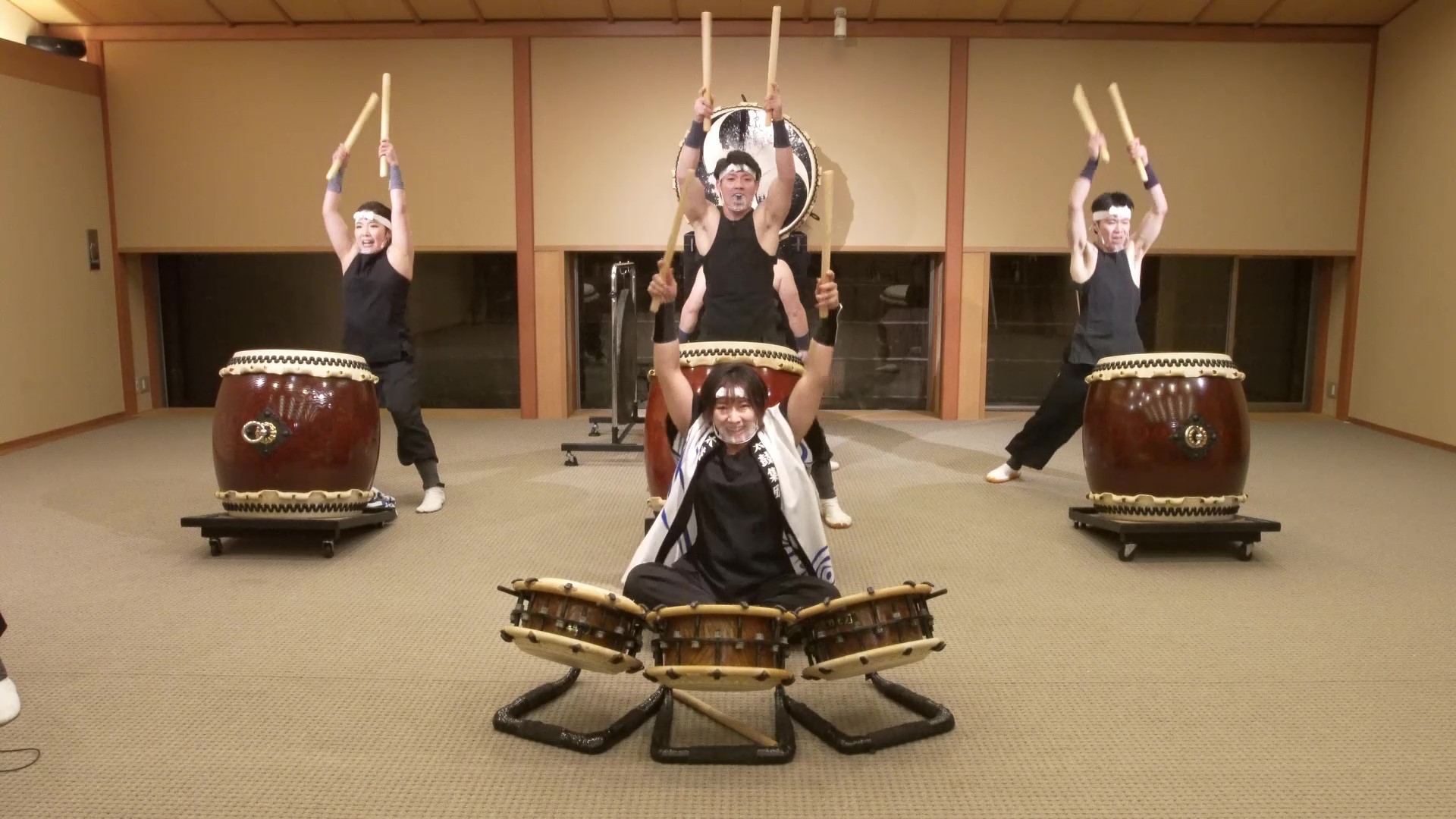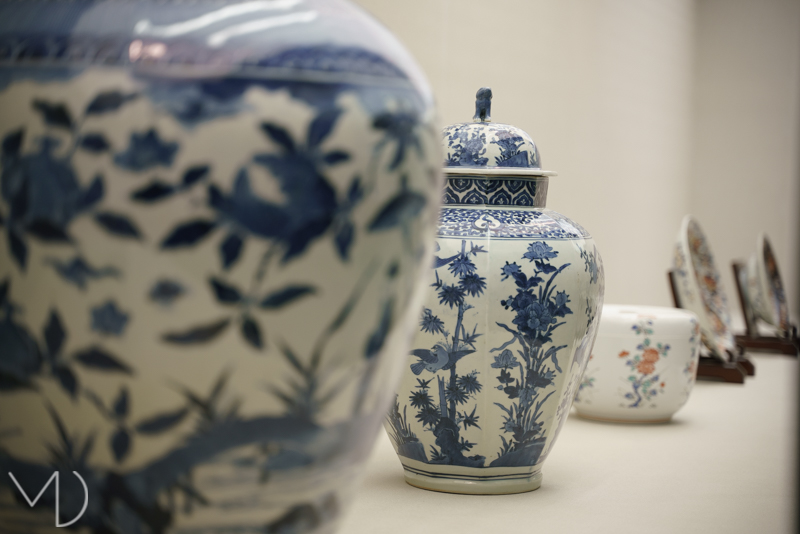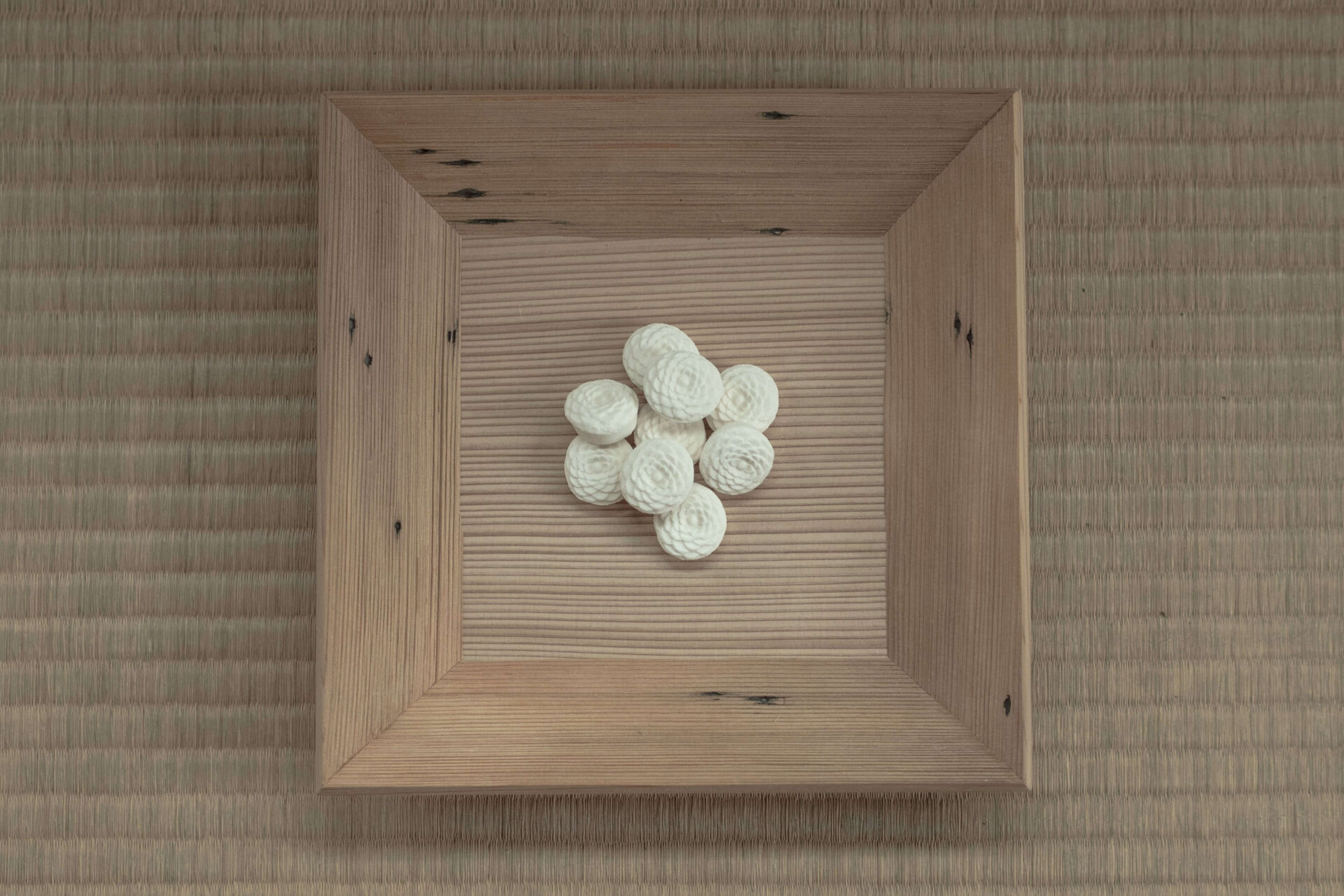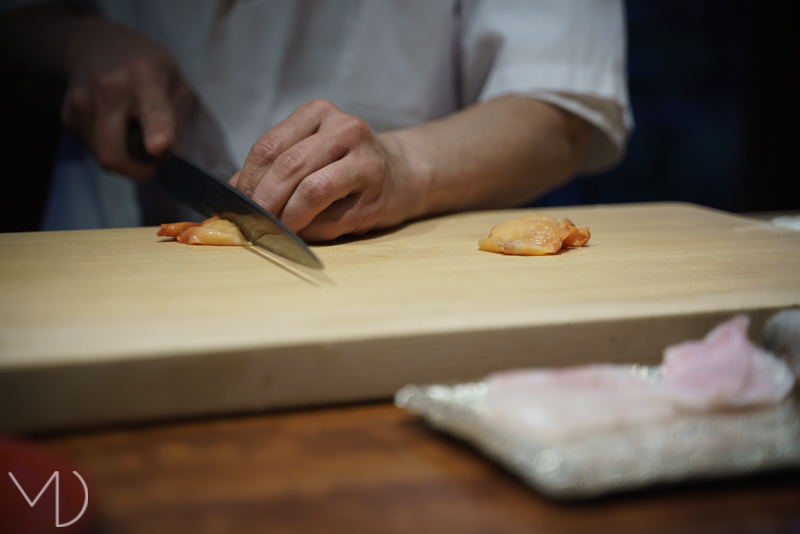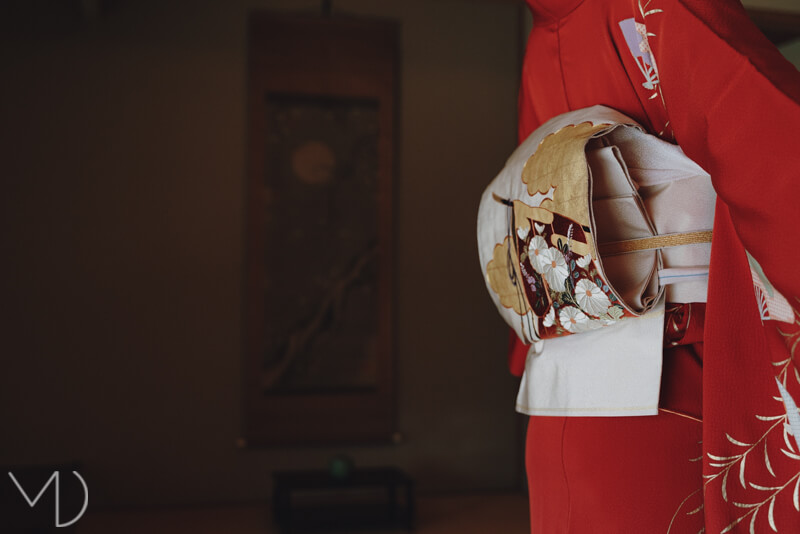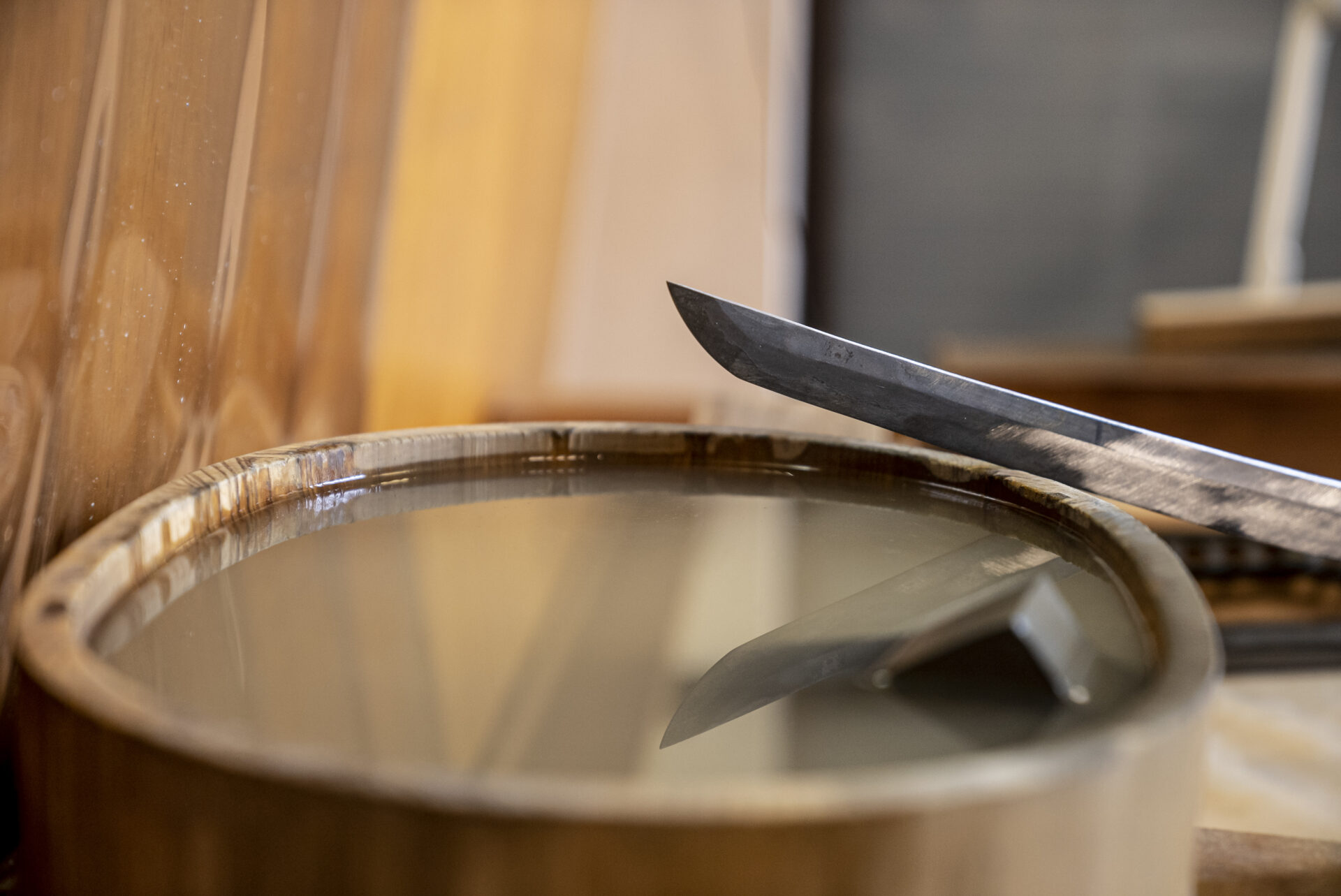
Metalmaking Traditions
Metalmaking arrived in Japan from China and Korea in the 8th century and over time has evolved into one of Japan’s most elevated art forms under the hands of its skilled shokunin, or master craftsmen. Whether forging a beautiful Japanese sword or engraving elegant patterns into metal plate for a decorative temple fixture, there’s a lot to learn and experience.
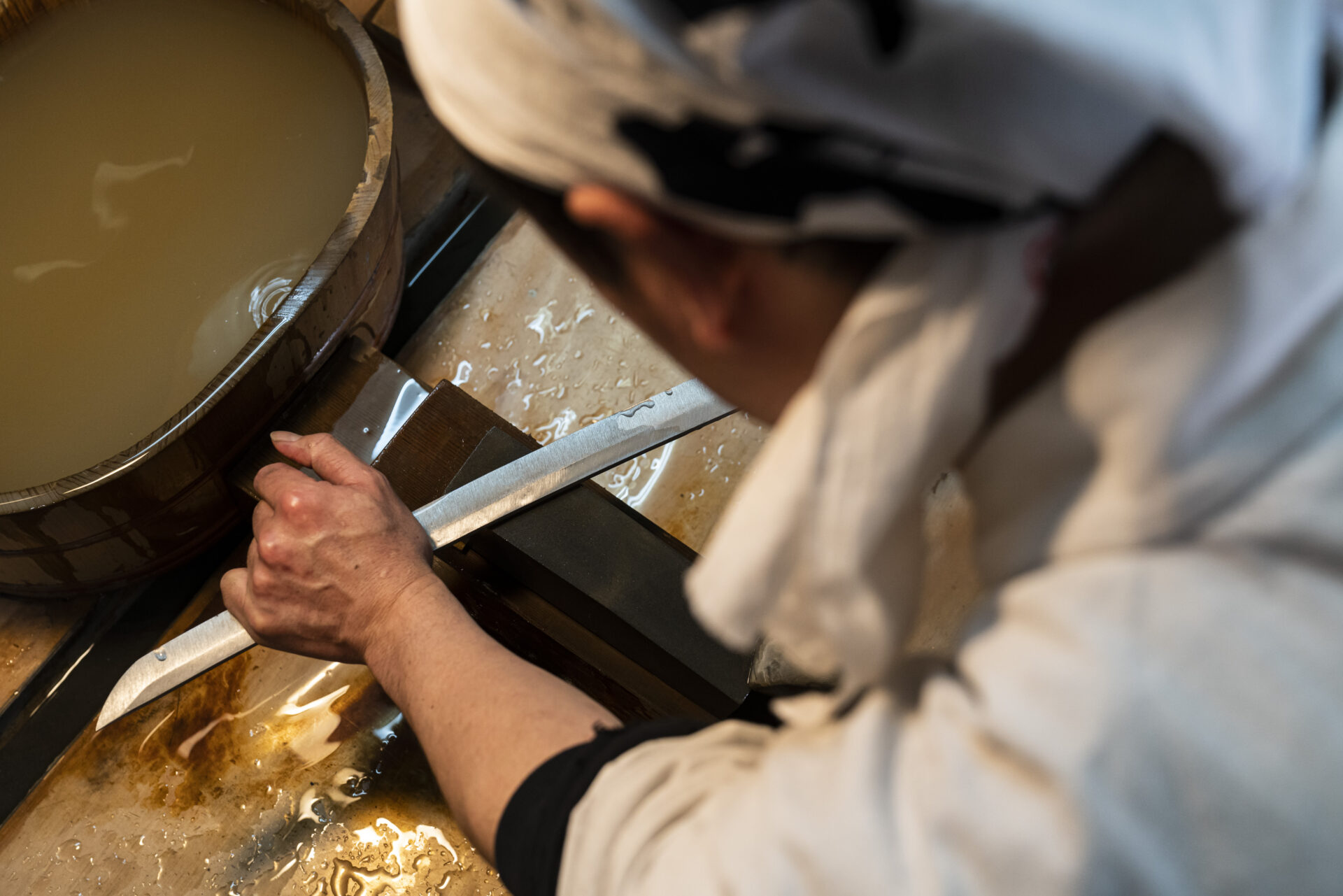

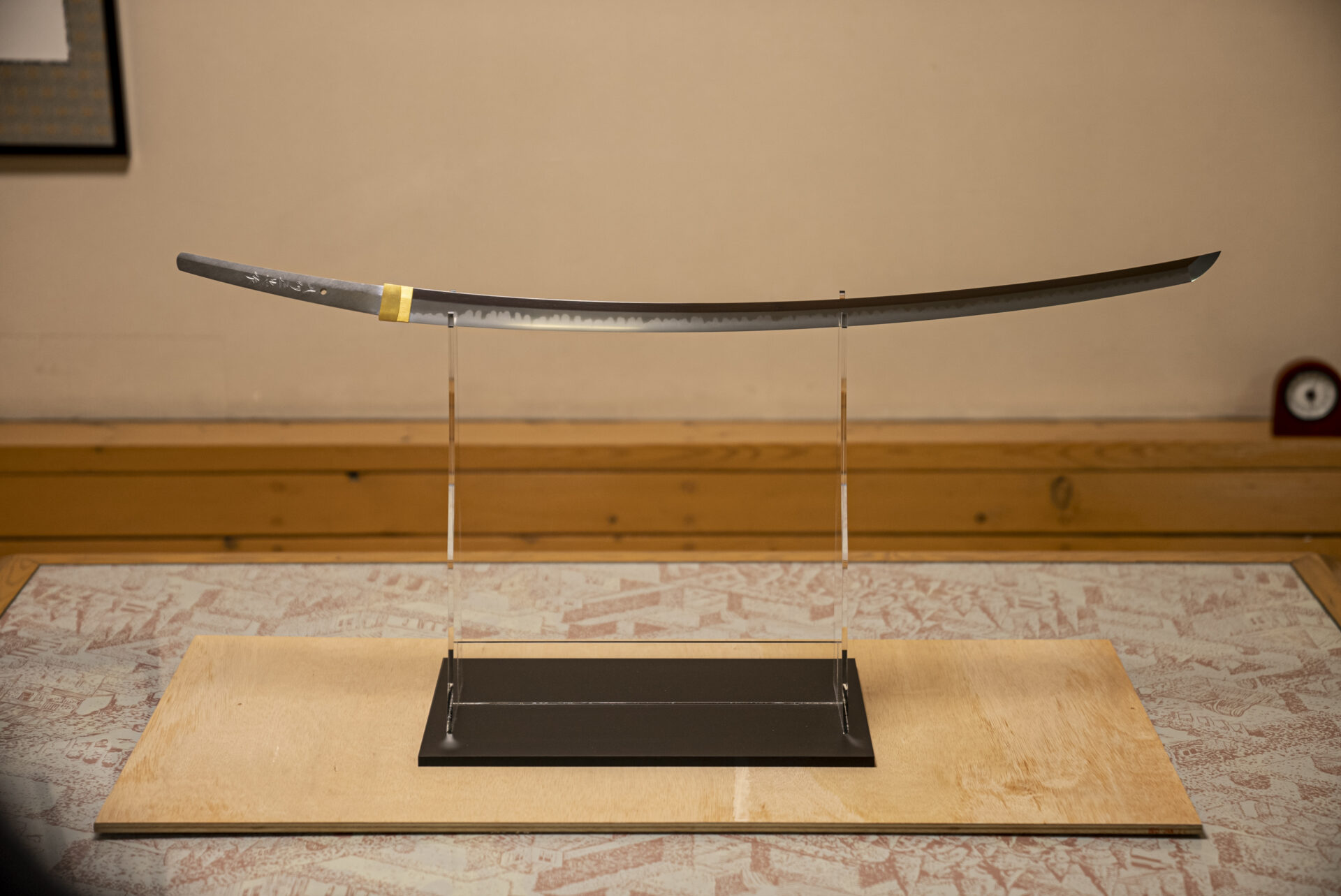
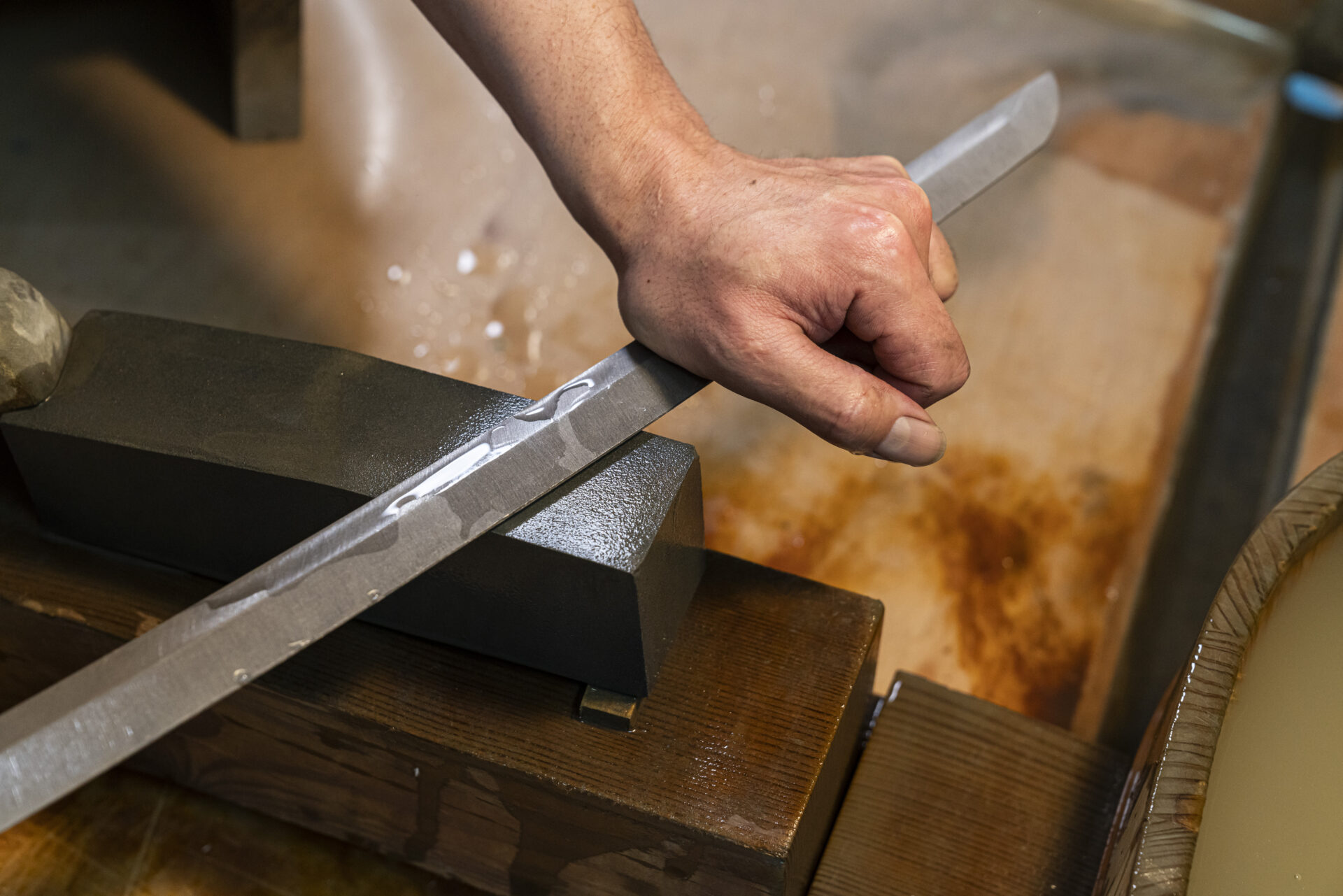
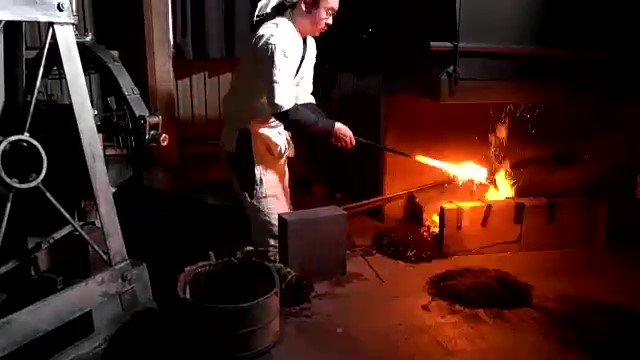
Japanese Swordmaking
To make a Japanese sword, or nihonto, one must have been apprenticed to a master swordsmith for at least five years, passed a government training program and be officially registered with the local government. Only such qualified artisans are able to legitimately craft these beautiful objects today. Through this experience you’ll meet a master Japanese swordsmith who has won several awards for his work. Watch as he uses a traditional clay furnace to hand-forge the steel, repeatedly hammering and folding to strengthen the steel and create its finely curved shape before tempering in water. Not only highly advanced technical specialists, these craftsmen hold deep knowledge of the cultural symbolism and evolution of the nihonto over its 1,000 years of history.
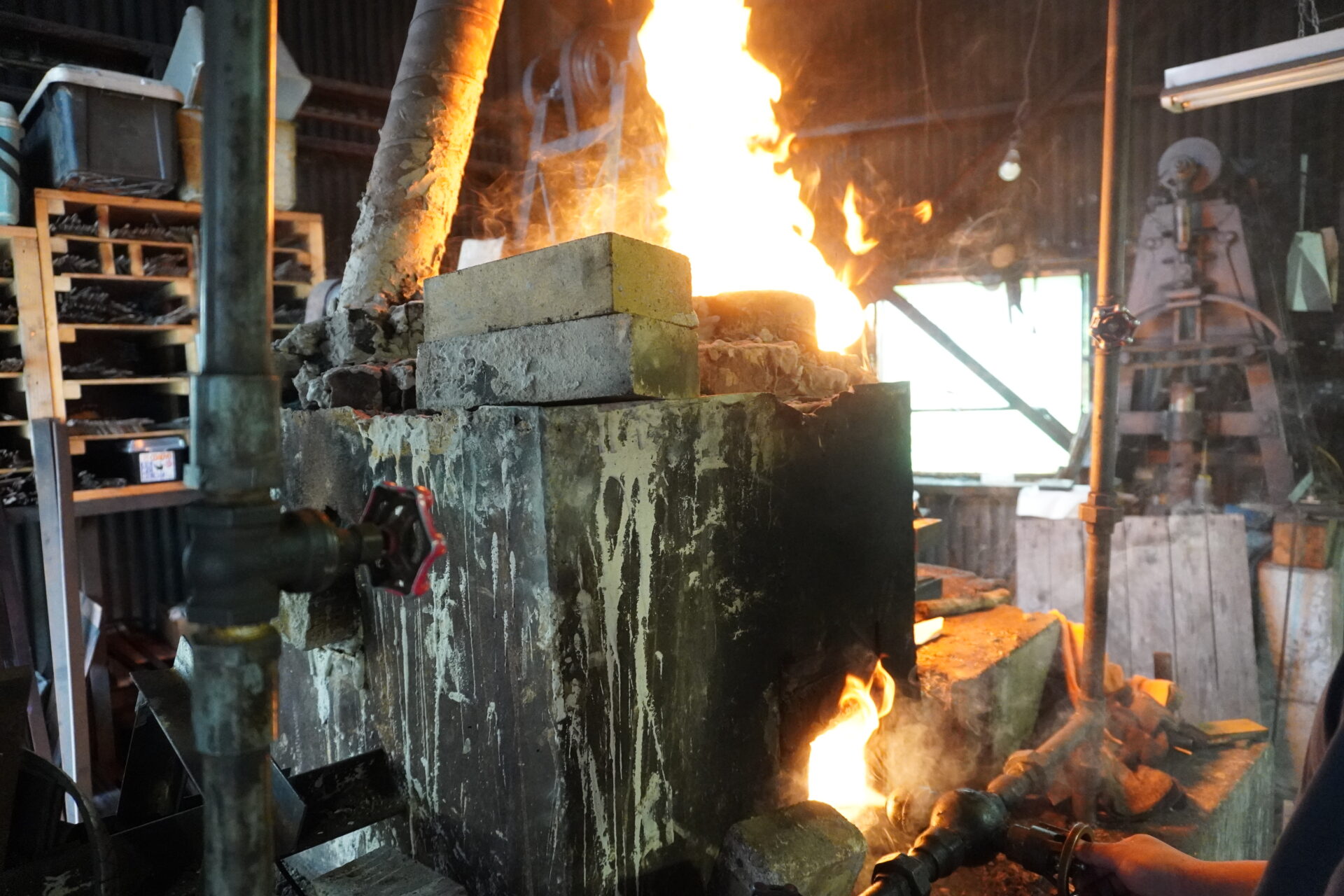
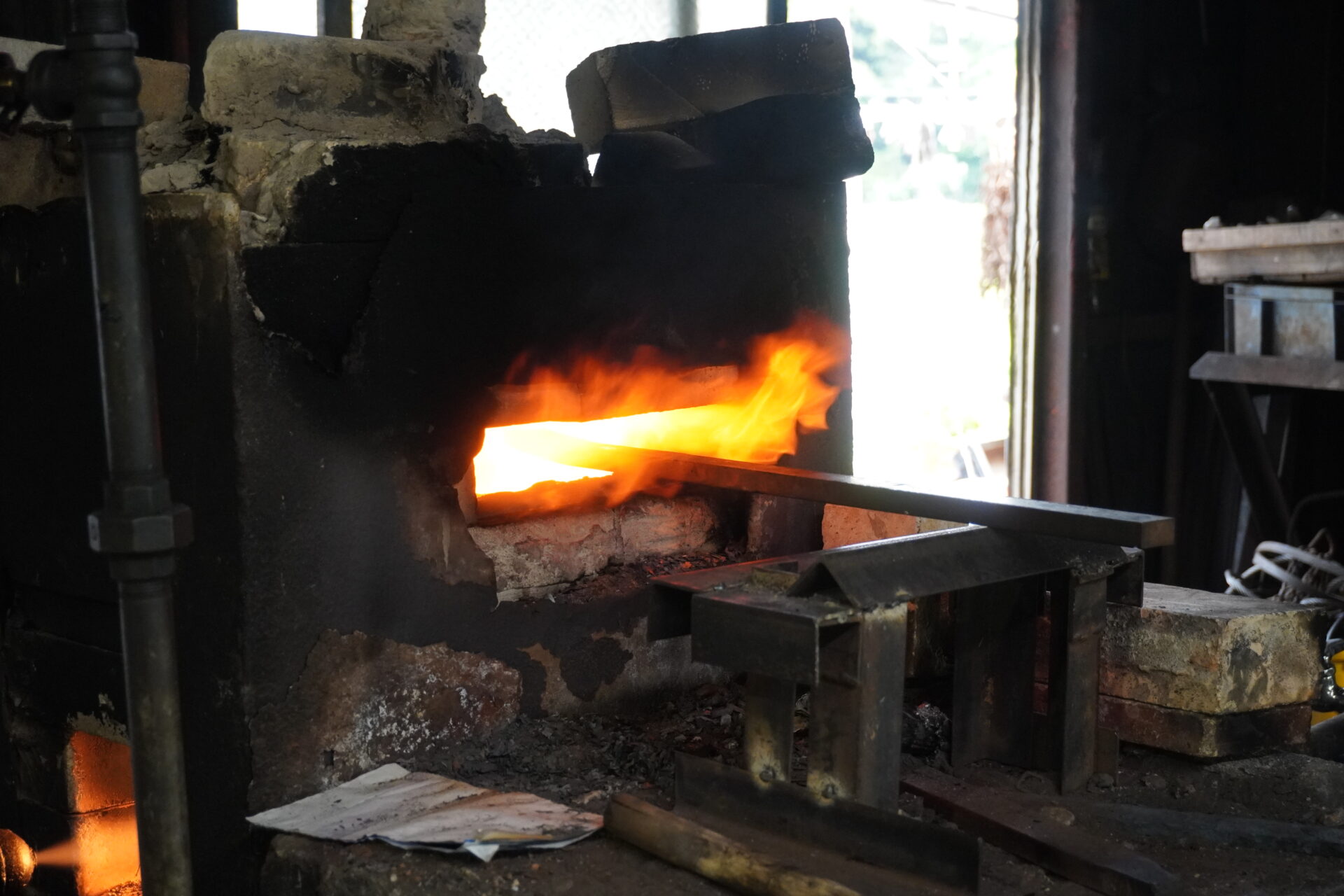
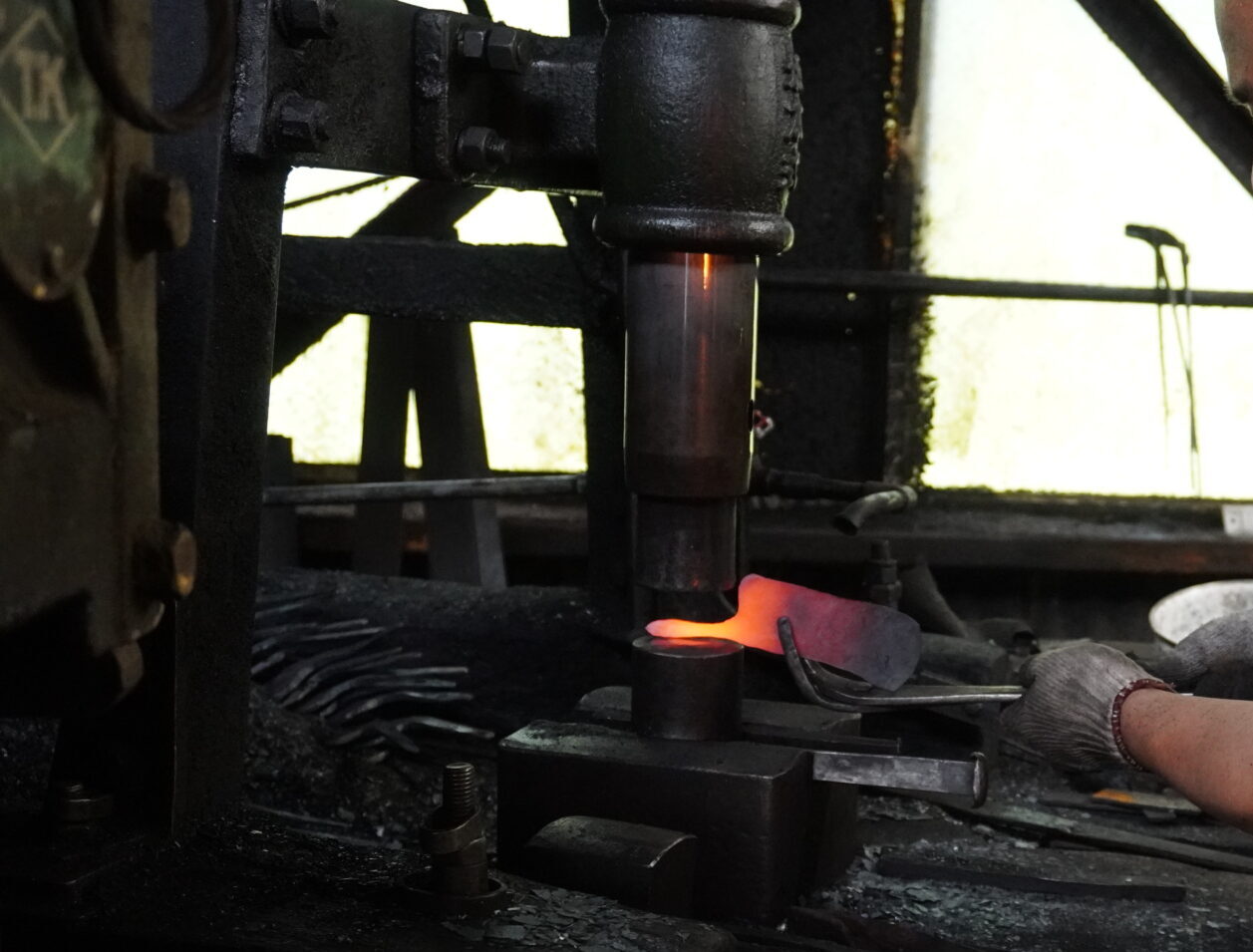

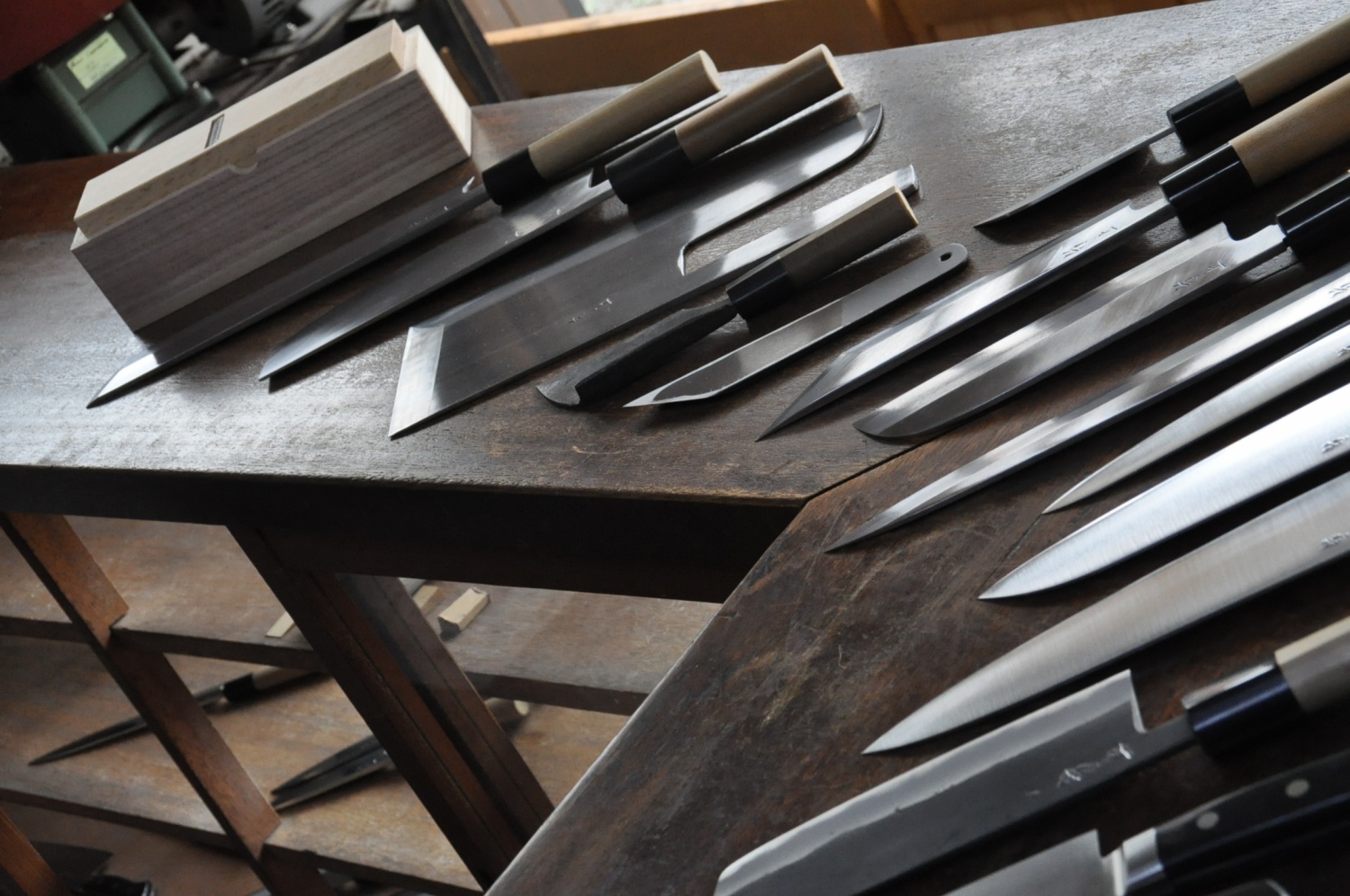
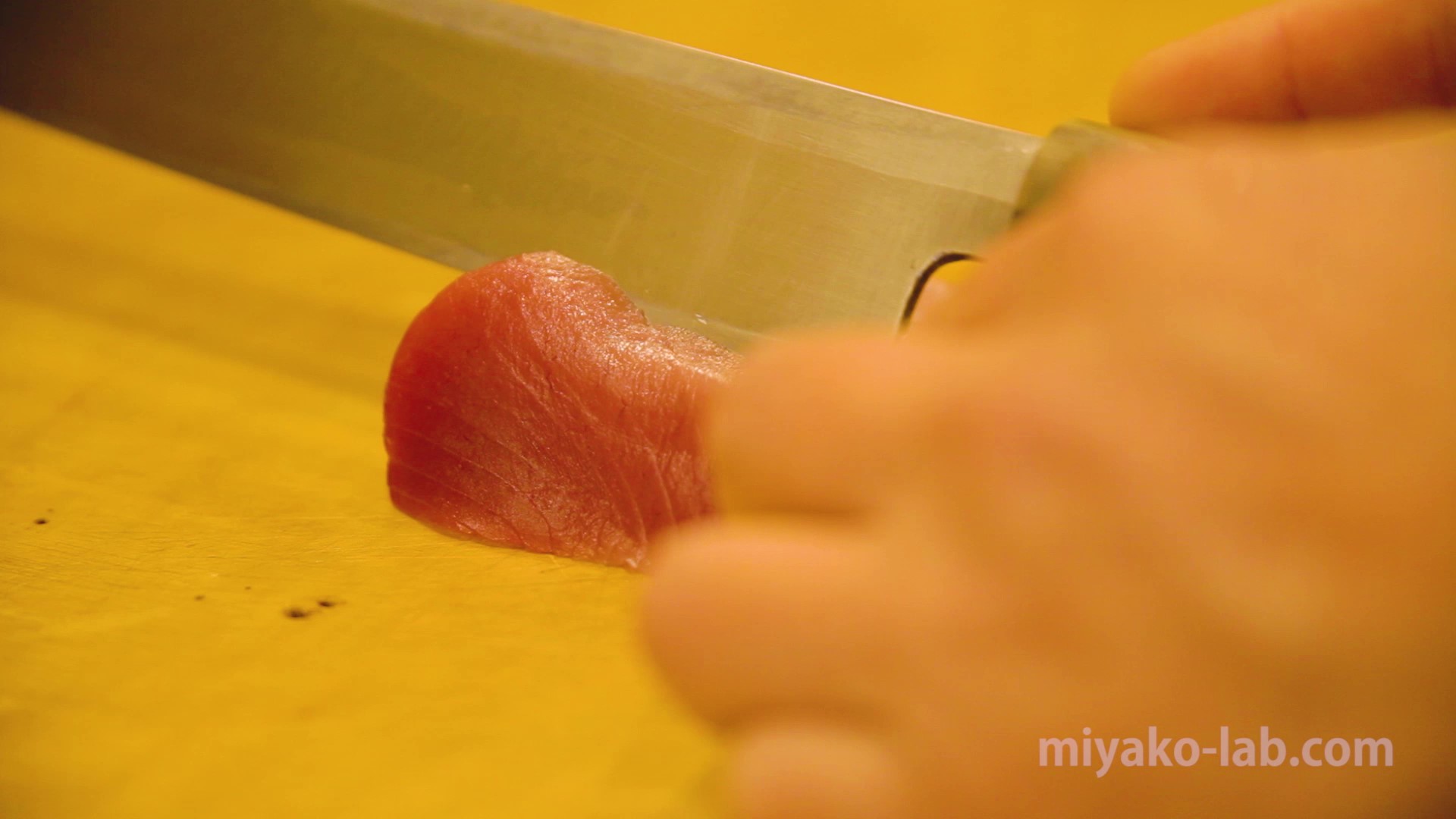
Japanese Kitchen Knives
Drawing on many of the same techniques and knowledge to make Japanese swords, in this experience you’ll meet a Japanese kitchen knife master as he crafts the blades for wabocho, which are credited as being the best knives in kitchens around the world. You’ll also be introduced to the different types of blades used in Japan for different ingredients and dishes, and will learn how a chef’s exemplary knife-skills also defines their standing in the culinary world here.
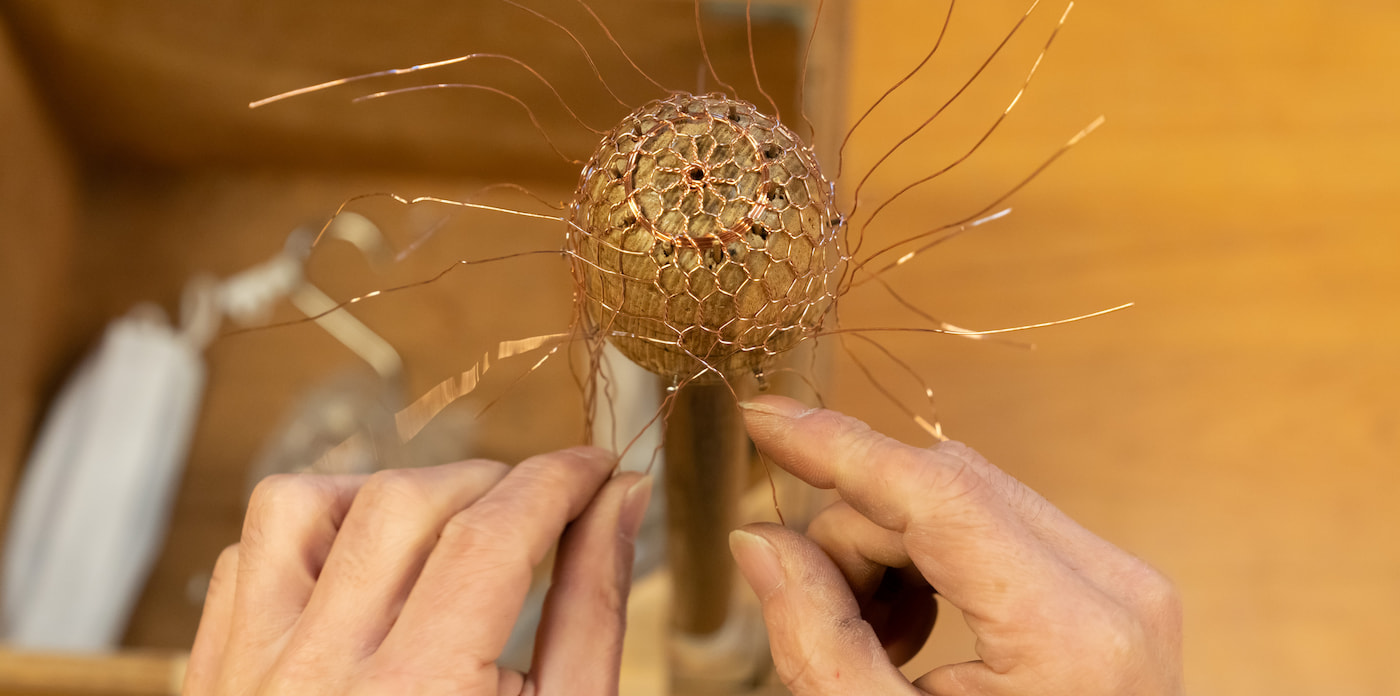
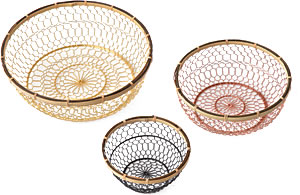
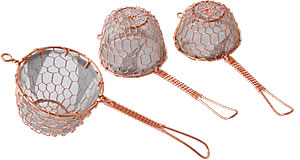
Kanaami Wire Mesh Ware
Kanaami is the craft of weaving fine copper threads to make strainers and infusers and other utensils used in the kitchen or for making tea. With origins dating back to Kyoto’s Heian period (794-1185), today’s craftsmen still apply the same methods from ancient times. Unlike mass-produced goods, these handmade items bring a simple beauty and elegant aesthetic to everyday items still used today. And, like most Japanese handmade goods, they can be easily repaired by replacing any frayed wires over time – a key principle of Japanese craftsmanship.
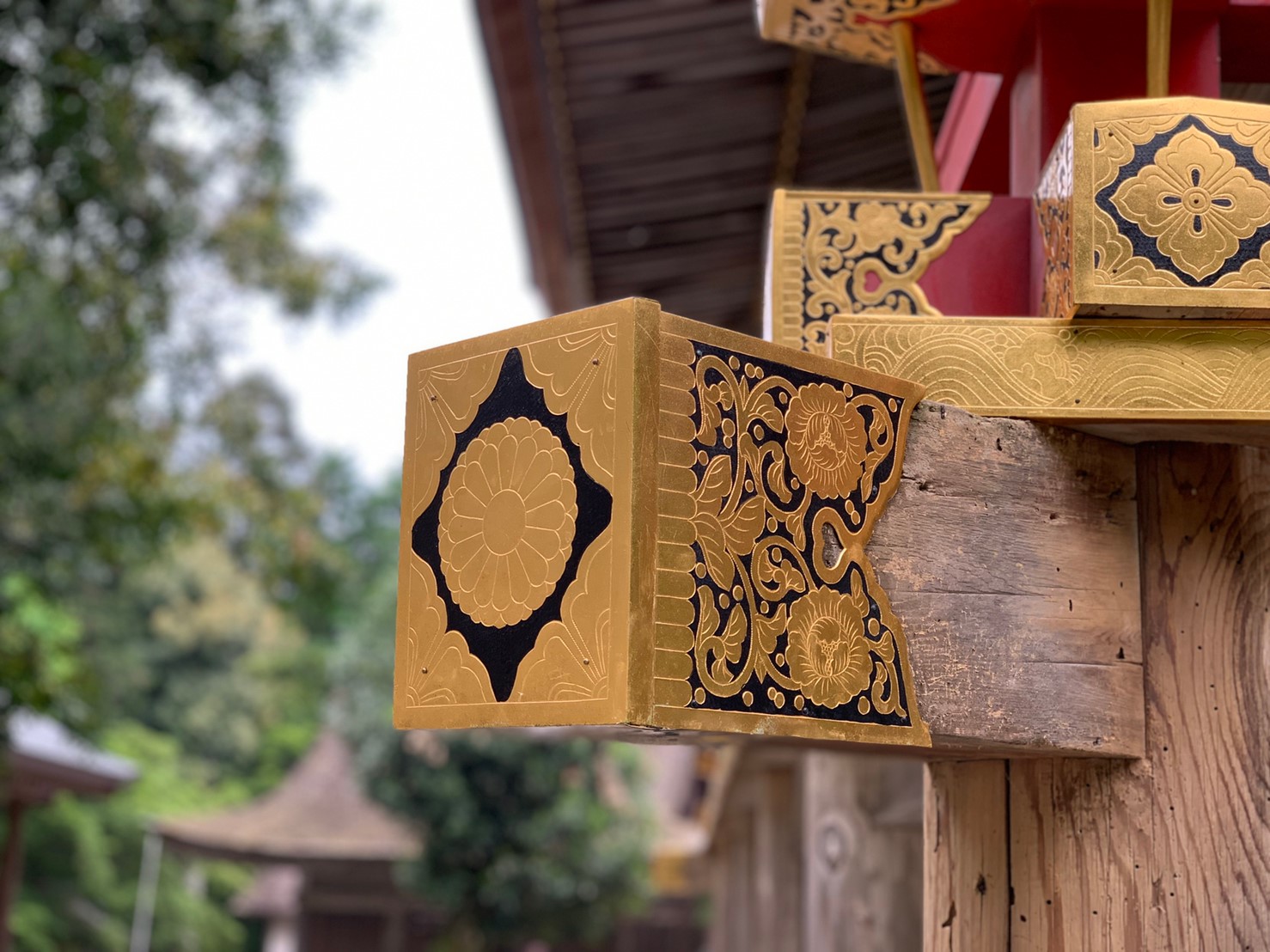
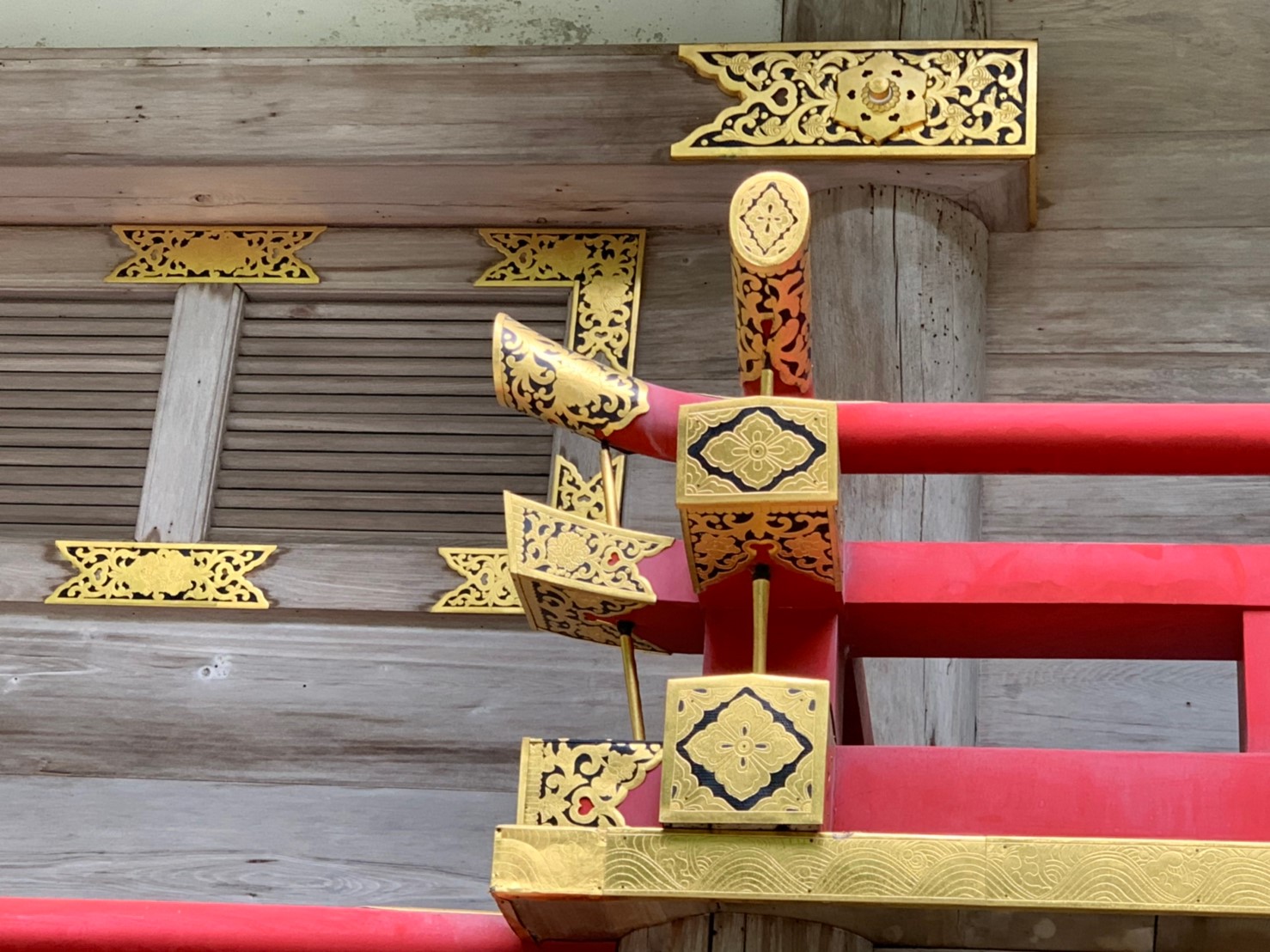
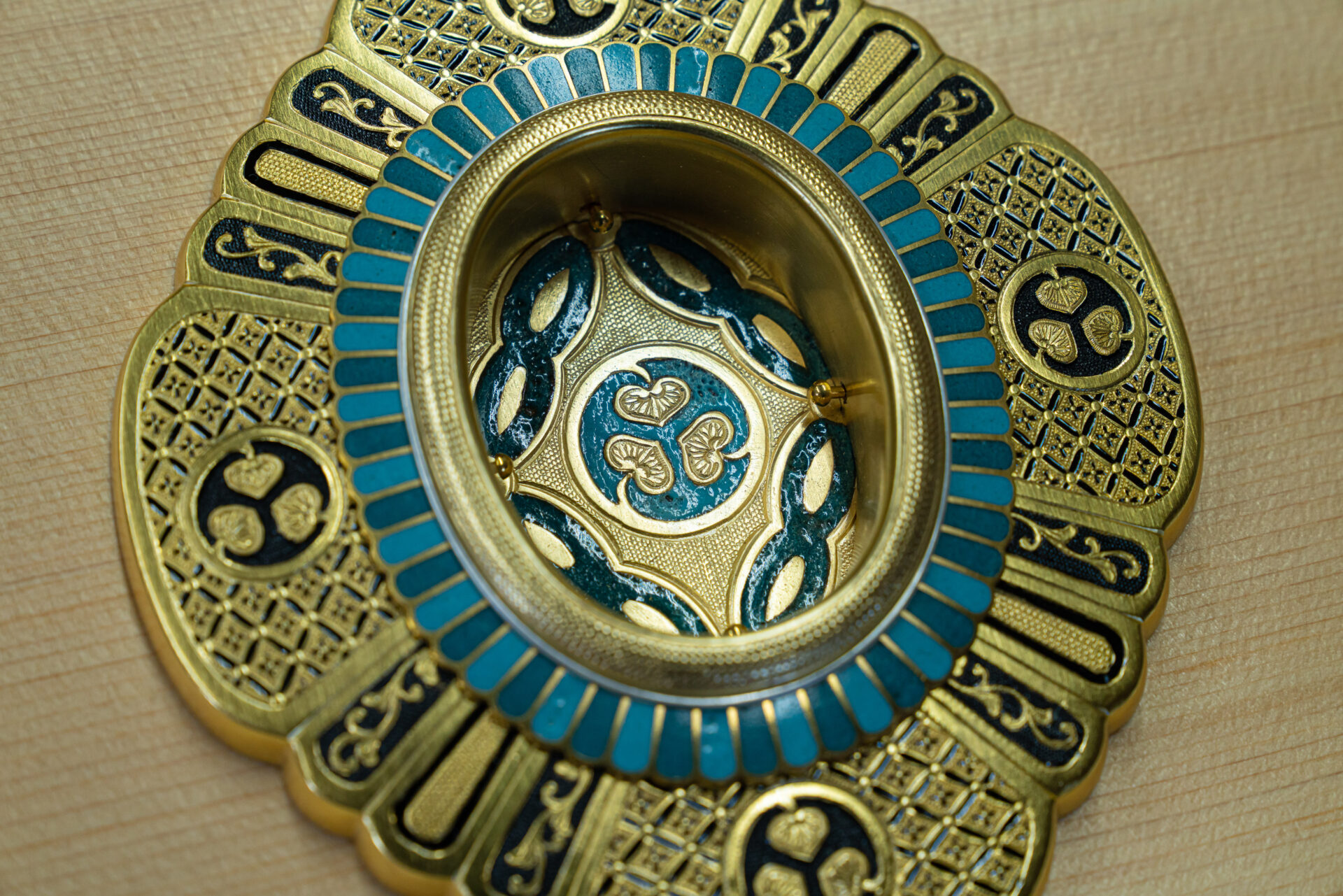
Kanagu Metalmaking
Another form of fine metalmaking, kanagu is the art of making the decorative metal fixtures found in many of Japan’s temples and shrines. Whether the fine goldleaf work used on walls and ceilings, or the bronze or coal-black finish on posts, door handles and gables in Japan’s religious structures, you’ll see the artisan at work as they craft or forge by hand the metal to create these elegant design elements.
